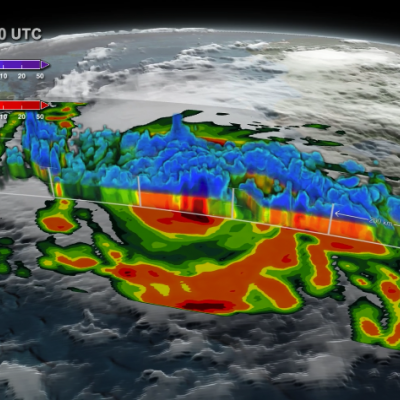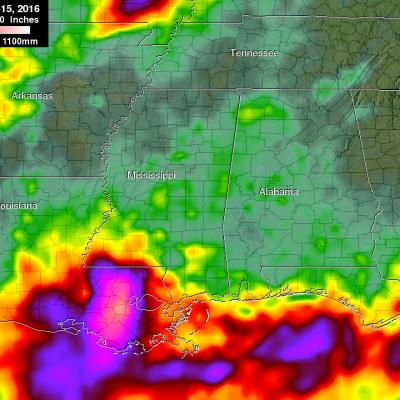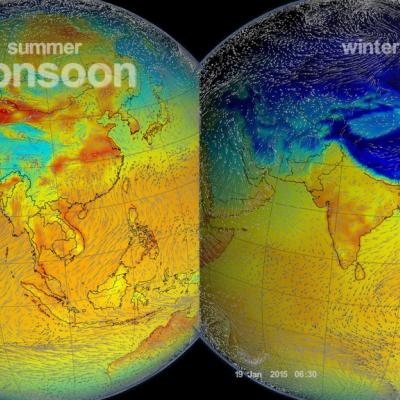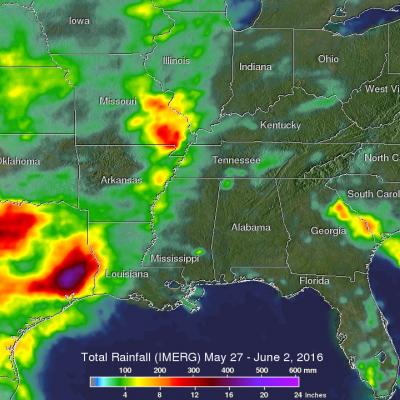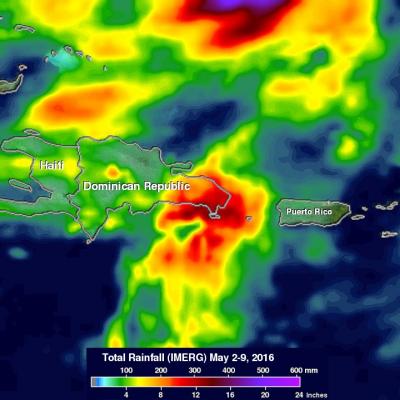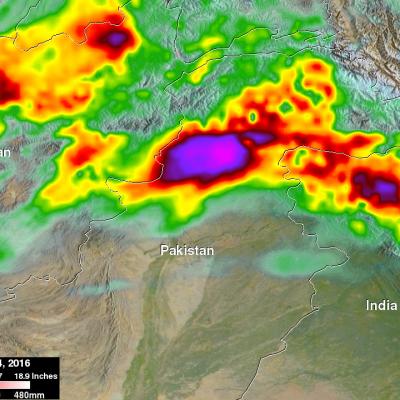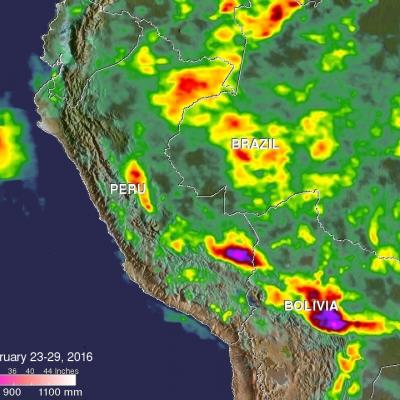GPM Captures Hurricane Matthew Before Haiti Landfall
On October 2, 2016 at approximately 4:50 a.m. EST (0950 UTC), NASA's Global Precipitation Measurement mission or GPM core observatory satellite flew over Hurricane Matthew. At that time, Matthew had maximum sustained winds of 150 mph making it a strong category 4 hurricane.


